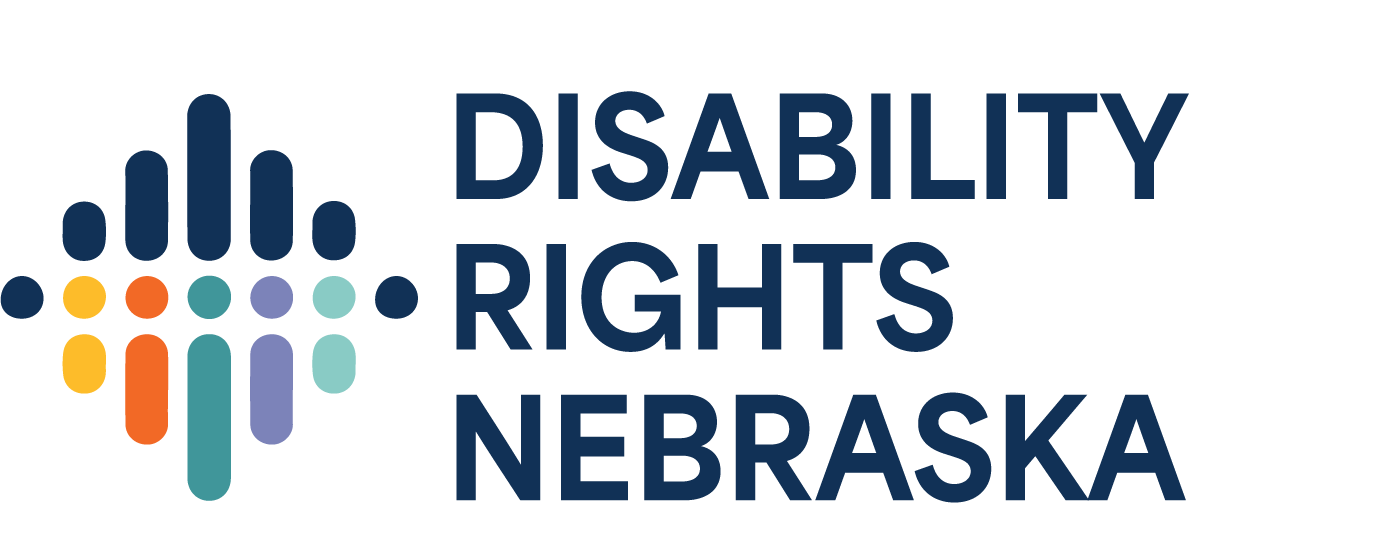
As summer approaches, it is very ordinary for students to look for summer employment to fill the time that would normally be taken up by school. Unfortunately, many families with children who receive supplemental security income (SSI) by reason of their own disability (not survivor or dependent benefits because of a deceased or disabled parent) think their benefits might be endangered by working and are often discouraged from seeking summertime work. In reality, summertime work for such individuals is much more likely than many people think, and the Social Security Administration (SSA) actually has a program designed to encourage employment among students; indeed, this can actually assist the student with a disability in becoming more knowledgeable about what they want to do when they leave school.
Ordinarily, if a person who receives SSI benefits works, then their benefits reduce at the rate of $1 in benefits for every $2 earned in excess of $65 each month. However, understanding that this standard practice would be a discouragement to younger students, right when they should be encouraged to explore their interests and capacities, Congress has adopted a provision to the Social Security Act which provides a “Student Earned Income Exemption” (SEIE) which allows students under the age of 22 to earn up to $8,950 per year (but not more than $2,040 in a single month) and not have it count as “income” for SSI purposes. (These are 2023 figures, and like most things Social Security, they adjust annually). To qualify as a student, you generally have to be enrolled in an educational or vocational/job training program of at least 12 hours per week (only 8 if enrolled in college); for summer breaks, you have to be enrolled and attending both immediately before the break starts and immediately after the break ends.
For students on SSI, this gives them an opportunity to explore their interests without it negatively impacting their benefits. They can engage in such job exploration to greater or lesser amounts of time without negative consequences on benefits; indeed, such students might attempt more than one job interest during a single summer to get a better feel for their own vocational interests and still receive their full SSI benefit. Nor is this exemption limited to just the summer. This means that the student can work during the entire year, or part of it, as long as they do not exceed SEIE monthly and annual limits. Such work activity can be part of a school’s program (such as a transition plan in an Individualized Education Plan - IEP) or totally independent of the IEP, such as the individual finding a job by themselves or with family assistance.
There two cautions that must be considered:
1. SEIE can allow earnings in a single month in 2023 of up to $2,040 in a single month, which is more than the monthly “substantial gainful activity” (SGA) amount of $1,470. Although the SEIE excludes income for benefits purposes, where the student has not yet reached age 18, having a history later on of being over SGA may be seen as evidence that they are capable of working at this higher level. This means it is probably a good idea for students to keep their earnings each month below the SGA amount until they are approved for benefits under the adult standard by the SSA (that step is done around when the person turns age 18). Otherwise, it is good to allow disabled students to work and explore their vocational interests during the summer because SEIE provides protection of SSI benefits.
2. Second, every individual who works while on disability must report earnings each to the SSA; to be sure the SEIE is properly applied, that report should provide verification of school enrollment and specifically mention that SEIE is claimed.
There are a lot of moving parts to these programs, and if you have any questions, I encourage you to contact me or one of my colleagues here at Disability Rights Nebraska.
Michael Elsken has been practicing law for over 40 years, with Disability Rights Nebraska for over two decades. Social Security and employment of Social Security beneficiaries has been an area of focus for him with the agency. Understanding Social Security is hard, because it is so complicated, but Michael’s activities in this area are designed to help people with disabilities through the Social Security maze.
Photo by Brooke Cagle on Unsplash.

